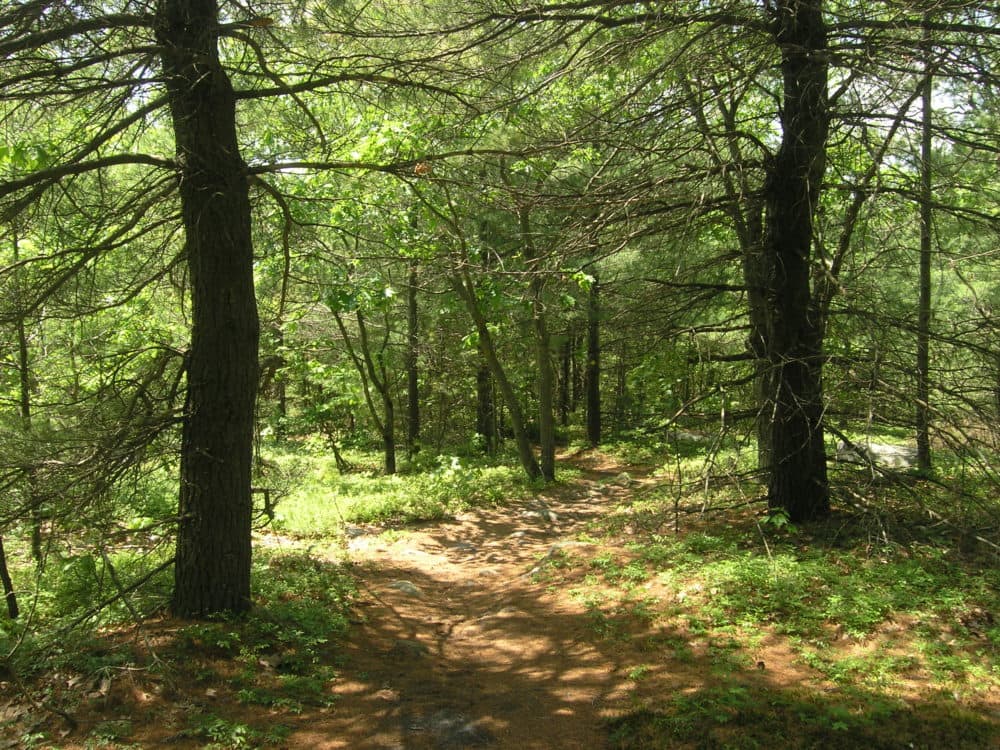Advertisement
New state report outlines how to manage Mass. forests to store more carbon

The Healey administration released a report Wednesday with recommendations on how to manage forests to maximize carbon sequestration and storage. It also announced $50 million to help municipalities, state agencies and private landowners implement the recommendations.
“With these funds, we will empower communities to invest in this critical resource while boosting local economies that rely on our forests,” wrote Rebecca Tepper, the Energy and Environmental Affairs secretary, in a press release. “These investments will pay dividends in the long term as we confront extreme weather and make progress on our climate goals.”
Forests cover nearly 3 million acres, or about 56% of Massachusetts, and about two-thirds are privately owned, with the remainder managed by local, state and federal government. The Executive Office of Energy and Environmental Affairs will allocate some of the funds to state agencies, municipalities and land trusts to conserve forested land. The state will also dedicate $3 million to help private landowners hire technical assistance to enhance carbon sequestration, soil health and other improvements.
Tepper appointed 12 forestry, climate and conservation experts to research and write a report outlining recommendations for managing forests with an eye toward climate goals. One of the main recommendations was that the state increase the amount of protected forest land. Specifically, report authors suggested that at least 10 percent of all Massachusetts’ forests be managed as reserves, areas where commercial timber harvest is prohibited.
The report also recommended reducing stressors on trees such as invasive pests and plants, and limiting the number of forest roads and skid trails to minimize soil damage from recreation and increasingly intense rain.
Report authors also acknowledged that the wood products industry relies on tree harvest, and recommended some strategies to selectively harvest and maximize storage. They suggest adapting a technique called thinning to remove smaller trees and leave large-diameter ones, which store more carbon. Authors also supported practices such as a longer waiting period between timber harvests. This allows trees to grow larger and the harvested wood is more likely to be used in buildings and furniture, where the carbon remains stored.
Some in the timber industry are concerned these recommended guidelines could harm their business. “There's going to be questions about how those recommendations from the committee get incorporated into what the state actually does on the ground,” said Chris Egan, executive director at the Massachusetts Forest Alliance, a forestry association.
The administration also lifted a temporary ban on timber harvesting projects on state land Wednesday, and will decide which harvests can resume after considering the report recommendations and the public comments.
“The policy choices and actions we take now will impact future generations,” said Climate Chief Melissa Hoffer in a press release. "We look forward to incorporating these recommendations into our land management plans and strategies, and we are very grateful to the committee members who collectively bring deep expertise on a broad range of forestry and climate science.”
The state is taking public comments on the report through Jan. 24.
